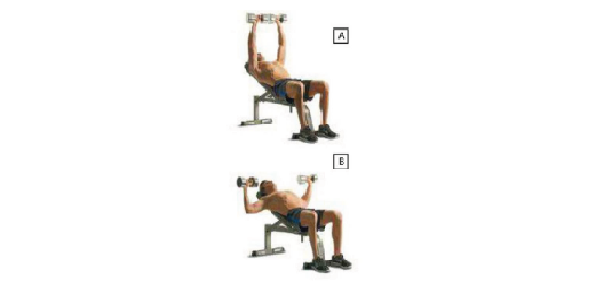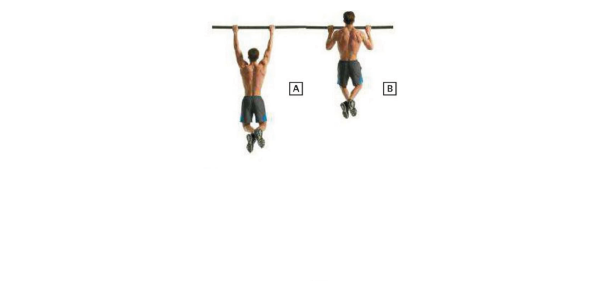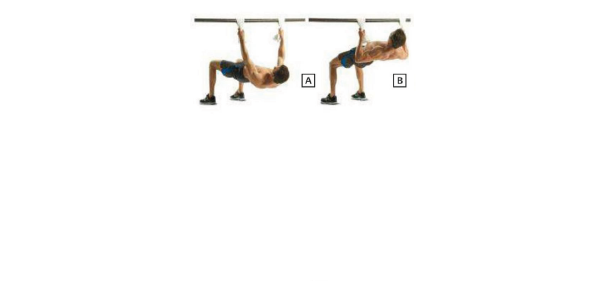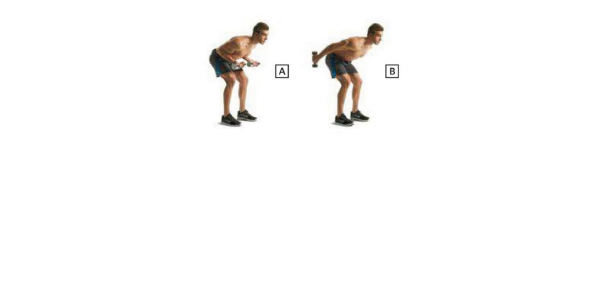From a hormonal point of view, levels of norepinephrine, a catecholamine hormone known to stimulate the heart, increases fourfold, resulting in non-shivering thermogenesis. Other hormones, including ACTH from the pituitary, which controls cortisol release; thyroid-stimulating hormone (TSH); and cortisol, all rise during exposure to cold water. If exposure exceeds 30 minutes, core body temperatures can decrease enough to cause death.
That all changes when people swim in cold water regularly. Just as muscles get accustomed to regular exercise, so too does the body to regular cold-water exposure. The body's thermogenesis reactions upgrade, while the circulatory system adapts to cold, preventing the dangerous effects that would ordinarily occur. The metabolic adaptation prevents a dramatic drop in body core temperature that could lead to cardiovascular collapse.
Regular cold-water swimmers show increased beta-adrenergic stimulation of skeletal muscle that doesn't result from increased catecholamine release. Normally, exercise increases the release of catecholamines such as epinephrine and nore-pinephrine, which interact with beta-adrenergic fat cell receptors to promote fat release. The same event occurs during cold-water swimming minus the presence of catecholamines. Scientists think that the exposure to cold water may increase beta-adrenergic receptor sensitivity.
That has implications for fat-burning during regular exercise on dry land. The sensitivity of beta-adrenergic receptors determines how efficiently you burn fat during exercise. Theoretically, if cold-water swimming increases this sensitivity, you may tap into fat stores easier during standard exercise sessions. Cold-water swimmers also show skin adaptations. They get less blood flow to their skin, which acts as a thermal insulation. That results from the lower heart rate that occurs after regular cold-water exposure. The question is whether any real health benefits are associated with icy swims.
One study found a whopping 50 percent reduction in insulin levels at the end of 2 1/2 months of winter swimming compared to baseline, or starting, levels. Lowering insulin provides a number of beneficial health effects, including decreased risk of diabetes and cardiovascular disease. Excess insulin is also linked to increased bodyfat and decreased longevity.
Other studies show that cold-water swimming galvanizes immune system response. Although it does raise cortisol levels, which are linked to immune-system suppression, it compensates by promoting the release of cytokines, chemi¬cals that prime and promote immune responses in the body. One study showed that regular winter swimmers had a 40 percent decrease in the incidence of respiratory-tract infections. Cold-water swimming may also increase the body's antioxidant protection. Apparently, regular cold-water exposure acts as an oxidant stressor, causing the body to upgrade its an-tioxidant defense system.




















0 comments:
Post a Comment